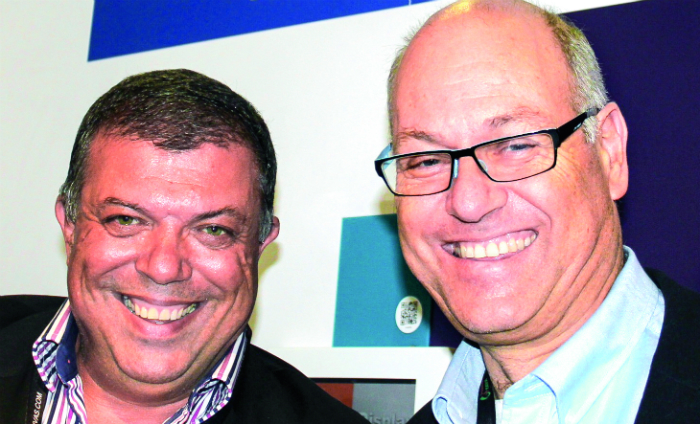
Paperlinx has wiped out all its gains from the promising 2014 with skyrocketing losses from asset writedowns and plunging European sales where mills are going direct to its customers.
The embattled paper giant more than tripled its losses to $90.8m in the first half of FY15, including a $31.7m goodwill writedown of Spicers Canada, related to its sale, which will be complete on March 2.
Overall revenue fell 12 per cent to $1.3bn, underlying EBIT losses are 32 per cent worse at $12.7m, total EBIT losses quadrupled to $81.2m, and net debt ballooned 68 per cent to $157.6m.
This is in stark contrast to the corresponding 2014 half-year when losses were halved, EBITA losses were 36 per cent better and revenue edged up two per cent.
More gains were made in the second half and things seemed to be turning around and heading for profit. However today’s figures reveal that is not the case.
Investors are abandoning ship in droves with the share price falling 16.7 per cent to 1.5c in three hours following the half-year report’s release – its lowest price ever.
[Related: The ups and downs of Paperlinx]
The report sheds no light on the reasons for abruptly sacking former chief executive Andrew Price last week, with theories around the industry ranging from conflicts with the board over sales of the Canadian and European businesses, to the need for a scapegoat for the poor financial results.
Europe continues to be the millstone around Paperlinx’s neck as sales collapsed 15 per cent to $884m, pre-tax losses shot up 94 per cent to $50.7m, and EBIT losses 14 per cent worse at $21.35m.
The company says sales fell ‘significantly more than expected’ in the second quarter because ‘some major mills [have started] selling directly to our customers at unsustainably low prices’.
“European mills and merchants [are] now competing for the same business and price cutting to win customers,” the company says.
The poor European figures make it even more likely that Paperlinx will sell out of the region as soon as possible and retreat to the Asia Pacific. It has just appointed Spicers chief Andy Preece as its new chief executive, to replace Price. Preece will be based in Melbourne, not following Price to London.
The company said last week that it “is in discussions with several interested parties which may result in the sale or restructure of part or all of its European operations”.
Chairman Robert Kaye now says “it is likely that Paperlinx will have a reduced portfolio of assets with greater prospects of financial security” after the strategic review.
[Related: More paper news]
Spicers once again kept its head above water in the Asia Pacific with a six per cent sales drop to $209m offset by margin and cost control in Australia and New Zealand.
Underlying EBIT eased only one per cent to $9.1m and while pre-tax profit was down 85 per cent to $1.35m, this was mostly a result of $7.77m worth of significant items, up from only $412,000 last year including $1m restructuring costs and a $6.3m goodwill writedown.
However, sales in Asia continued to slow as the commercial print market has begun contracting like in Australia, and similar margin-improving measures are planned to those implemented here.
Spicers Canada also did relatively well, with revenue falling only one per cent to $205.2m, EBIT up four per cent to $7.5m, and pre-tax profit would have been up slightly if it wasn’t for the $31.7m goodwill impairment dragging it into the red.
Canada’s good result adds more weight to widespread disappointment with the low $65m sale price for the business, and means there will be fewer profitable operations to prop up Europe – if Europe is even still on the books next time.
Paperlinx is aggressively pursuing diversification to offset falling commercial print sales, focusing on growing markets like packaging materials and pre-made cartons, boxes, and trays. Margins for this area are up 5.4 per cent and now make up about 10.8 per cent of total sales.
It is even selling wide format and screen printing and finishing machines from a variety of brands, along with the consumables, software and accessories to go with them. Margins here are up 5.1 per cent, accounting for 12.1 per cent of sales buoyed by growth in outdoor advertising.
Asia Pacific sales for diversified business is up 28 per cent to $29.2m and margin is up 30 per cent.
Comment below to have your say on this story.
If you have a news story or tip-off, get in touch at editorial@sprinter.com.au.
Sign up to the Sprinter newsletter

